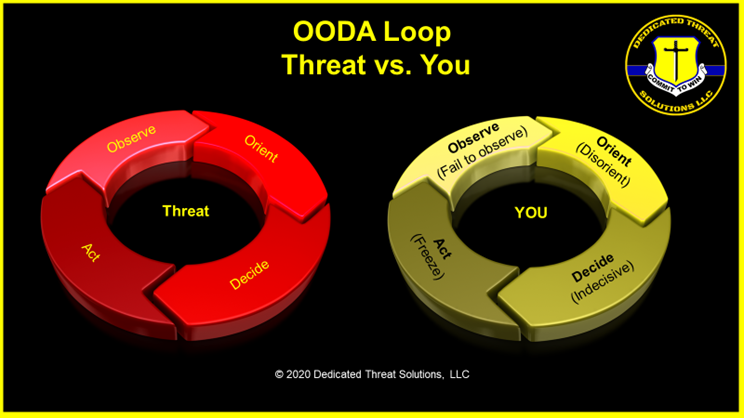Download the FREE article on A Deeper Dive into the OODA Loop at the bottom of the page.
The OODA Loop, developed by Col. John Boyd, USAF (Ret.), is a simple yet profound model. Boyd wanted to understand why U.S. fighter pilots consistently won air-to-air combat engagements with their F-86 fighter aircraft in combat over Korea against pilots that flew Mig-15 aircraft which had better maneuverability. Conventional wisdom would indicate that planes with better maneuverability and similar speed would dominate most dog fights, but this was not the case. Boyd intensely studied the characteristics of the planes but came to the realization that he was focusing on the wrong subject. Boyd’s conclusion was that it was not necessarily the characteristics of the plane but the skill of the U.S. pilots that resulted in superior performance. More specifically, the skill of the U.S. pilots to acquire their adversary first. Boyd proposed that the U.S. pilots were more successful because they were better at making decisions due to their ability to process through the “loop” faster than their adversary. This was the genesis of the OODA Loop which stands for: Observe, Orient, Decide, and Act.
The predominant factor in the OODA Loop is to observe first and move through the loop faster than your adversary so that your adversary is responding to information that is no longer relevant because the situation has changed.

In the case of a fighter pilot that can literally translate to survival. Your adversary becomes of a victim of perpetual catch up unless he is able to reset your OODA loop so you now are in a position where you have to restart at observe and then move through the loop. All human conflict is bound by this process whether the participants are aware of it or not.
